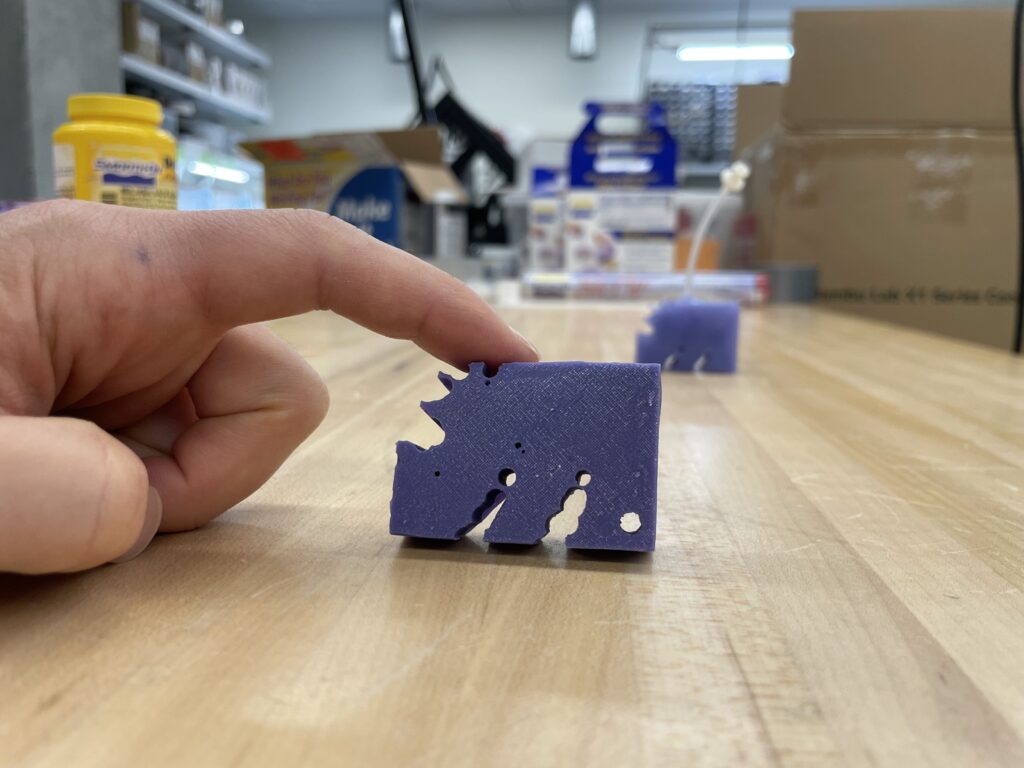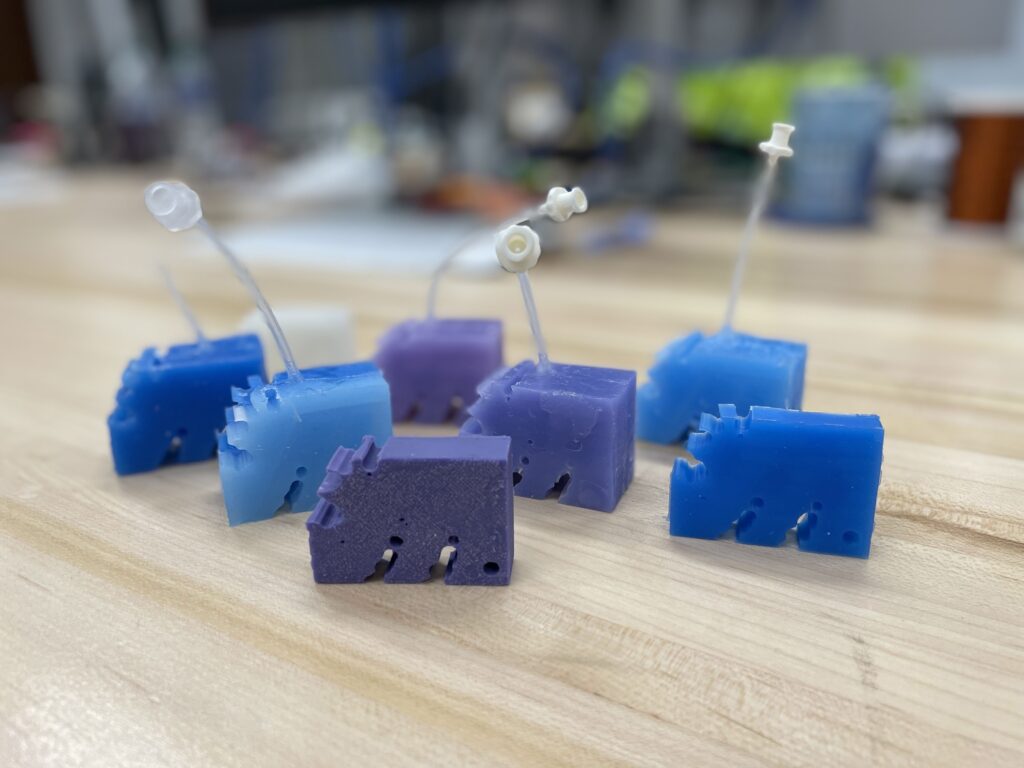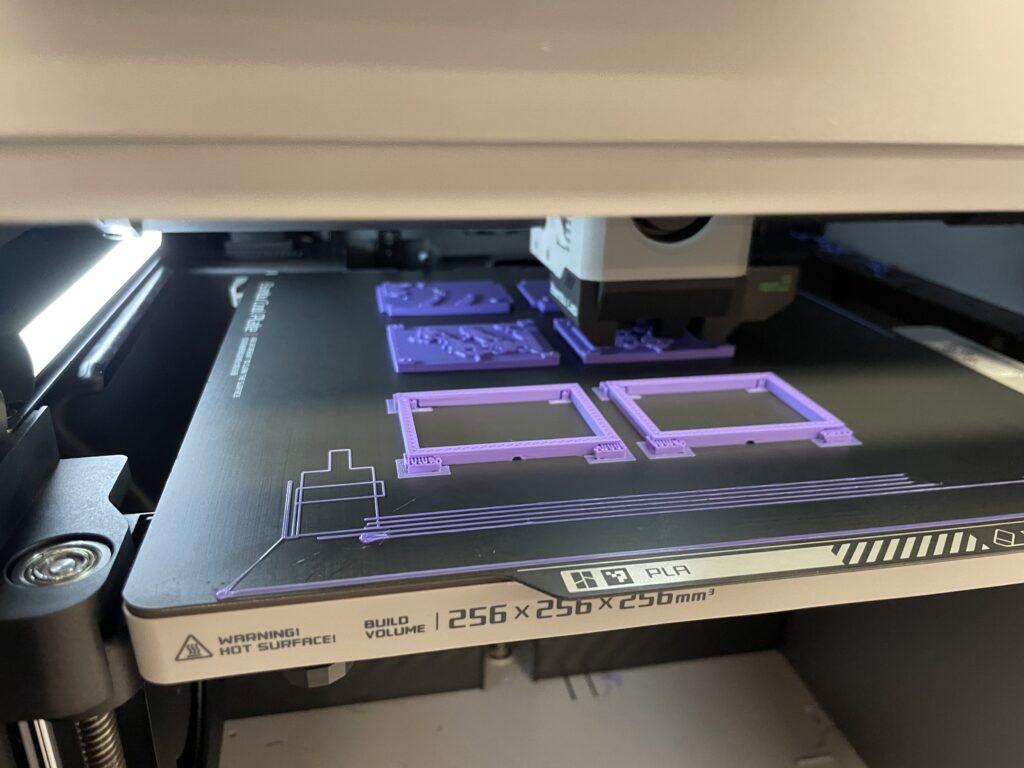A team at Northwestern University has achieved a remarkable feat: creating an AI that can whip up functional robots from scratch in seconds, a process that usually demands years of meticulous human labor. Published on October 3, 2023, in the Proceedings of the National Academy of Sciences, this study isn’t just a cool trick; it’s a seismic shift in how we approach robot design.

What sets this AI apart isn’t just its speed; it’s its brainpower. Running on a regular PC, it sidesteps the supercomputers typically needed for such complex tasks. “Now anyone can watch evolution in action as AI generates better and better robot bodies in real time,” a researcher shared, emphasizing the AI’s unique ability to break free from human creative limitations.

In a litmus test for the AI, researchers asked it to design a robot that could walk. The AI delivered, and fast, mirroring nature’s billions of years of evolution in a blink. It’s not an echo of human designs; it’s pure, unbridled AI innovation, crafting structures that even the most imaginative human minds might skip.
The real jaw-dropper? The AI’s debut design featured a robot with three legs and rear fins, an unconventional choice that underscores its ability to think outside the human box. This isn’t just mimicry or iteration; it’s bold, blue-sky thinking.

David Matthews, Andrew Spielberg, and their colleagues aren’t just playing with shapes; they’ve reimagined the entire design process. Their AI employs a gradient-based method, fine-tuning robots’ physical structures with a precision and speed that outstrip traditional evolutionary algorithms. It’s like having a seasoned engineer and a visionary designer in one package, but with the dial turned up to eleven.
This isn’t theoretical musing; the robots work in the real world. Beyond walking, the AI has shown flair in designing robots for tasks like object manipulation and transport. It’s not just about doing it fast; it’s about bespoke precision, tailoring robots to specific tasks, whether they’re needed in a hospital or on Mars.
Similar Posts
But it’s not infallible. The AI excels at honing in on the best local design, but it can’t guarantee it’s the absolute best possible. Yet, its adaptability and prowess in complex search spaces suggest it’s more than just a neat party trick; it’s a practical tool with real-world clout.
The team is eyeing the future, considering automated fabrication and even more efficient computations. They’re also thinking green, envisioning recyclable or biodegradable robots that could tread lightly on our planet.

The ripple effects of this AI could be monumental, touching everything from healthcare to space exploration. It’s not just about building robots; it’s about redefining what’s possible when we let AI lead the dance of design, unhindered by human preconceptions.
October 3, 2023, will be remembered as a watershed moment in robotics and AI. As we look ahead, the possibilities are dizzying. The Northwestern team hasn’t just raised the bar; they’ve vaulted over it, challenging others to catch up or, better yet, leap even higher.

This isn’t just a win for the researchers; it’s a giant leap for robotics. It’s a glimpse into a future where robots are only limited by the speed of thought. And as this AI evolves, it won’t just change robotics; it will redefine a multitude of sectors.
The team is dreaming big: “This advance promises near-instantaneous design, manufacture, and deployment of unique and useful machines for medical, environmental, vehicular, and space-based tasks.” This isn’t the finish line; it’s the starting gun.

As groundbreaking as this AI is now, its true potential is in what it could one day become. It’s not just a tool for building robots; it’s a catalyst for rethinking how we solve problems. And after this landmark study’s release, the world is watching, waiting to see what comes next in this thrilling saga of AI-driven robot design.







